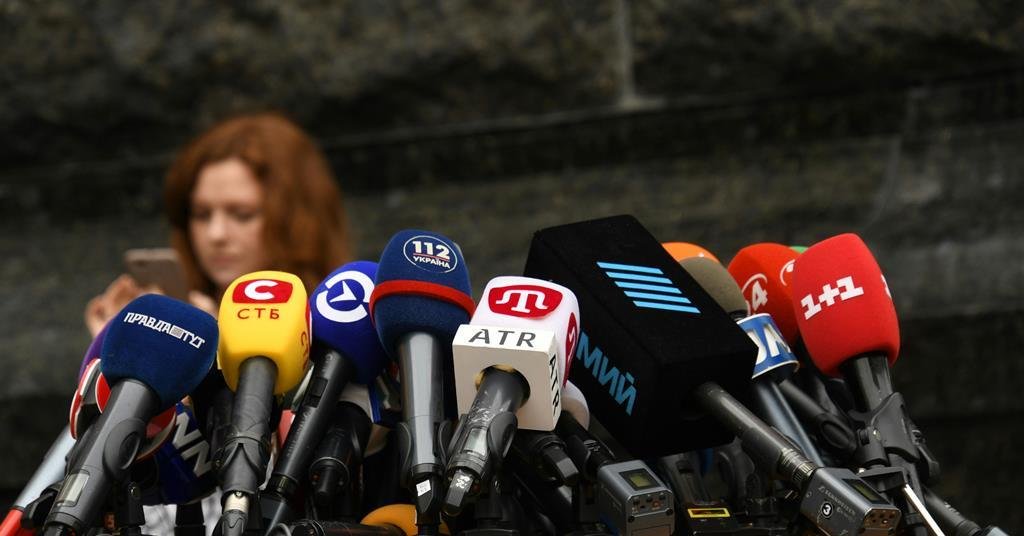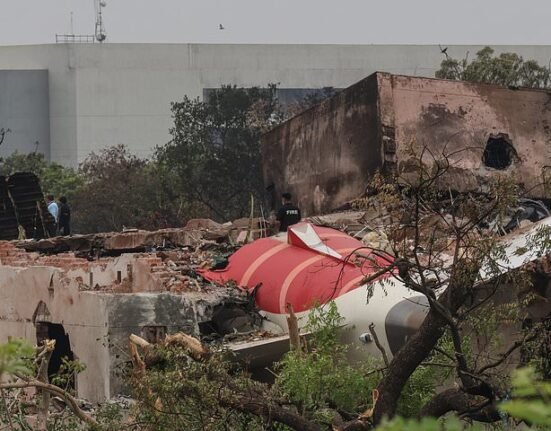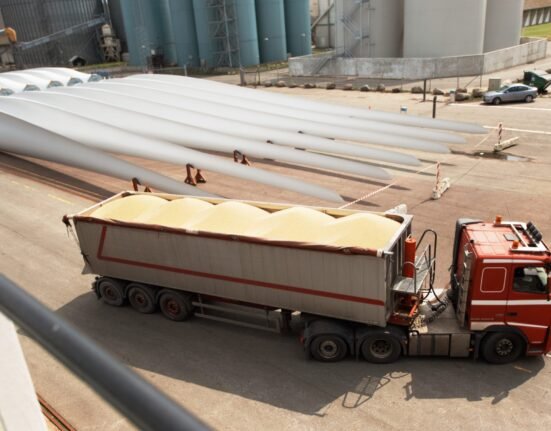The new investment strategy for INPGI, the €1.04bn first-pillar pension scheme for journalists, returned 5.21% year-to-date in 2024, below the 7.23% performance recorded with a previous investment strategy with a higher allocation to fixed income.
The scheme has designed a new strategy for the period 2024-2026, cutting its exposure to fixed income from 54% to 48% of total assets, and increasing allocations to public and private equity from 24% to 28%, according to a document on the scheme’s asset management, handed out to the parliamentary committee investigating the investment policies of Italian pension funds.
INPGI will target 20% of total assets in real assets by 2026, unchanged from the target set in the previous strategy, and 4% in cash, it added.
The pension scheme’s priorities are long-term sustainability and full solvency, without incurring “sudden portfolio liquidations” to reach through average gross nominal returns over 10 years of between 5.3% and 5.6%, above returns recorded last year, and volatility that should not exceed 8% annually, it said.
INPGI has updated its strategic asset allocation looking at investment opportunities available on the market to further diversify investments, expecting to improve profitability within its established risk budget, it added.
Alberto Bagnai, president of the parliamentary committee overseeing the activities of social welfare institutions, expressed doubt, comparing average gross returns in the last five years of 1.43%, net 1.26%, and the gross nominal returns over 10 years of between 5.3% and 5.6% that is “considered appropriate” for the solvency of the pension fund, he said during the scheme’s audit.
Chief executive officer Filippo Manuelli admitted that returns in the last five years were “not satisfactory”, pointing to the magnitude of the 2022 crisis, but stating that over the past 10-year returns were clearly higher.
New portfolio structure
The scheme’s assets invested in fixed income and equities are held in three sub-funds (Sicav Fondaco Obiettivo Welfare) and either invested in asset classes directly, via passive strategies, or via investment funds. Amundi invests in government bonds, Credit Suisse in corporate bonds and Pictet in equities.
The scheme president, Roberto Ginex, said during the scheme’s audit that INPGI will turn the Sicav vehicle into an Alternative Investment Fund (AIF) Sicav to merge both liquid and illiquid asset classes in one portfolio.
INPGI invests directly via AIFs in private markets including private equity, private debt, venture capital, infrastructure and real estate. It also invests 24.4% of total assets (€252.45m) in Italy, mainly in infrastructure and real estate (€80.11m), and cash (€86.13m).
The latest digital edition of IPE’s magazine is now available







